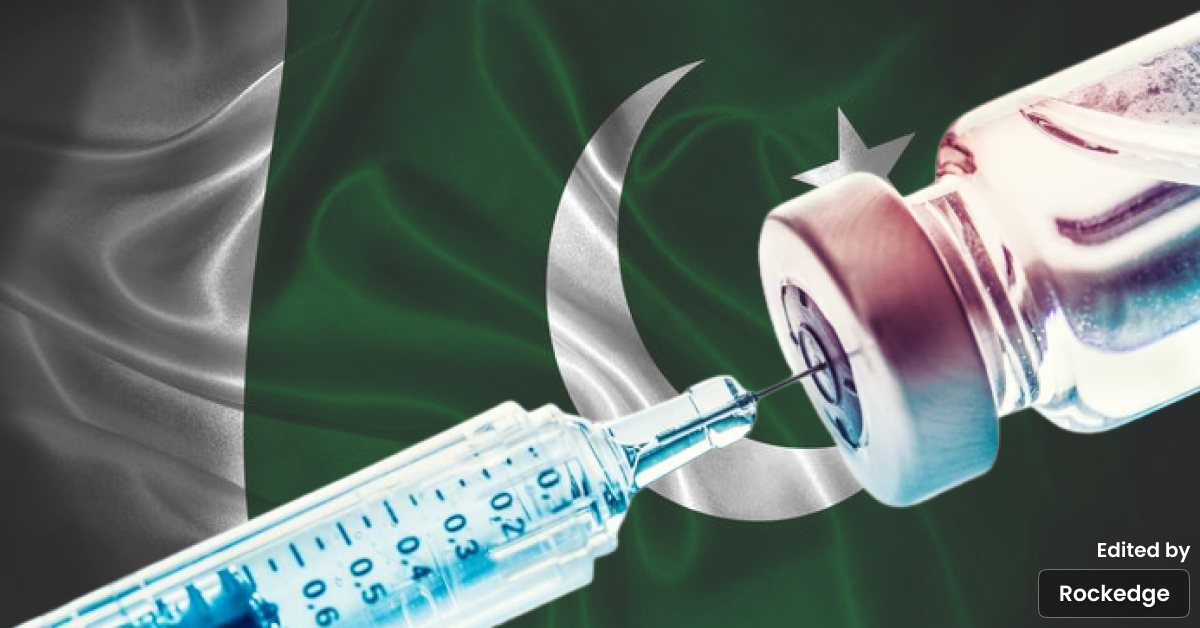UNICEF Laryea-Adjei express confident in Pakistan poliovirus campaign.
The Regional Director told Associated Press Pakistan (APP) in an interview that current figures show that the virus has been subdued. He said that in order to safeguard boys and girls across the nation from the poliovirus, UNICEF is using every available method to immunize them.
Additionally, Laryea-Adjei said that the nation’s vaccination program is back on track and praised the efforts of the 350,000 health professionals involved in the immunization campaign. The Regional Director added that Pakistan is now in a stronger position than it was a year ago to eradicate polio.
The deliberate attacks on polio workers in tribal parts, he added, were only one of several difficulties that the anti-polio campaign in Pakistan faced. He concluded by applauding the government’s anti-polio initiatives and pointing out that Pakistan was the first nation to implement a program to train healthcare professionals in order to enhance the overall national immunization campaign.
What is Poliovirus?
The poliovirus, commonly known as poliomyelitis, is a serotype of the Enterovirus C species, which belongs to the Picornaviridae family. Types 1, 2, and 3 of the poliovirus make up the three serotypes.
A protein capsid and an RNA genome make up the poliovirus. The genome is a 7500 nucleotide single-stranded positive-sense RNA (+ssRNA) genome. The viral particle has icosahedral symmetry and is around 30 nm in diameter.
The poliovirus is recognized as the simplest important virus due to its tiny genome, simple makeup of solely RNA, and encasing nonenveloped icosahedral protein coat. A team at Birkbeck College led by Rosalind Franklin first used X-ray diffraction to determine the virus’s structure, revealing that it has icosahedral symmetry.




